Does fashion need to re-evaluate its obsession with data?
Back in 2013, Business of Fashion published an interview with Viktor Mayer-Schönberger and Kenneth Cukier, authors of Big Data: A Revolution That Will Transform How We Live, Work and Think. Discussing the fashion industry, they described an era where brands would endlessly collect and analyse data on customer’s interactions. They had it right. The potential to predict which products will sell, where they’ll sell and to optimize customer experience has proved irresistible. Four years into the love affair that followed, it’s no exaggeration to say that fashion is obsessed with data.
You’ve heard the phrase “know your customer”. Knowing your customer means being able to give them exactly what they want, whenever they want it. The digital technologies now available to retailers allow them to capture customer information at every touchpoint. It’s created a culture of brands fixated on mining data for customer insight. But it’s difficult to know whether data-culture is at odds with an industry built on inspiration, innovation and rule breaking. What effect is data-driven decision making having on the creative process? And is it undermining the “personal” connections that brands make with their customers?
Customer Experience & Personalisation
Josselin Petit-Hoang, Marketing Manager of lingerie retailer Adore Me, talked recently about using technology to personalise customer journeys. She frames the Adore Me method like this: “everything is personalised, everything is automated”. You’ll agree that the idea of “automated personalisation” is a little paradoxical. But it’s happening, and it’s made possible by AI.
Adore Me now work with “hyper-targeted customer communications company”, Optimove. Before the project, their targeted messaging focused on four distinct customer segments. Optimove’s position on this? Not. Enough. Segments. They now have over 60: categories shopped, device shopped on, spend. The assumption is that data gives us a clear view of all of our customers – we know them, we know what they want, we know what kinds of messages are going to prompt them to buy. Adore Me doubled their yearly active customers, so something worked here. But are we entirely comfortable with the endless grouping of customers and the automated connections that led to their success?
Product Innovation & Design Inspiration
One of the many promises that data made to fashion was its potential to predict trends based on information about customer preferences. It’s a seductive offer. If brands can determine which styles will be popular before they design them, they can avoid producing products that don’t sell. Personal styling service, Stitch Fix, were ready to harness this potential. Their in-house label, Hybrid Design, is produced in-house using an algorithm that parses through customer preference data to come up with new combinations of clothing traits. They describe it as a “survival of the fittest” style strategy. This feels a little too cold and cynical.
Design is about creativity and freedom. In his Spring/ Summer 16 runway show, Hussein Chayalan’s defining piece was a military-inspired water soluble uniforms. They melted off his models to reveal fabric dresses complete with palm trees and Swarovski crystal coconuts. It’s entirely impractical and totally unbased on market demand. It’s impulsive and intuitive, and it’s an example of the kind of creative innovation that comes from ignoring the data.
Got a fashion or eCommerce project? We can help. For more insight into the world of fashion marketing and digital experiences, get in touch here.
Subscribe To Us







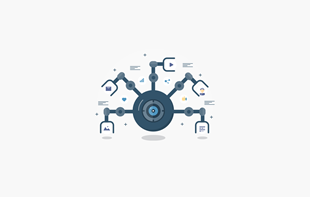
















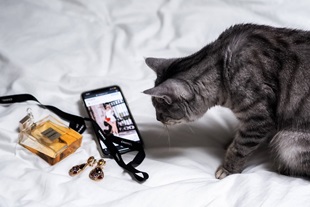




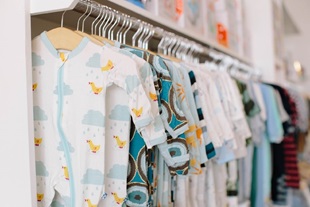




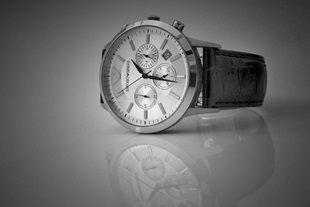

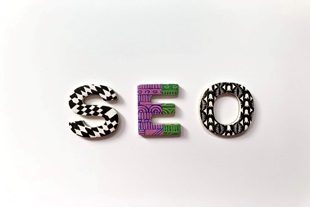



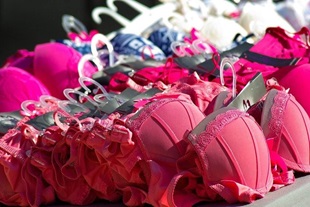

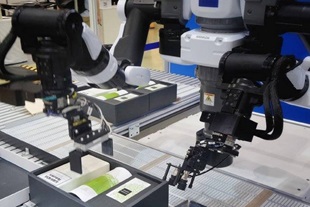
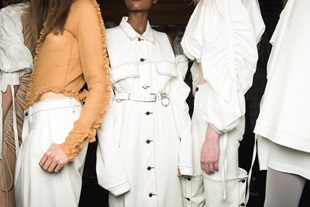
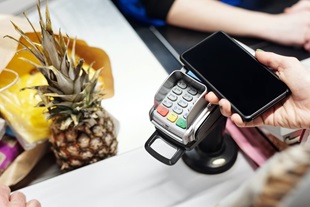





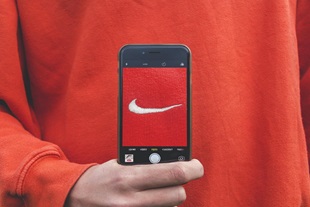

.jpg?mw=310)
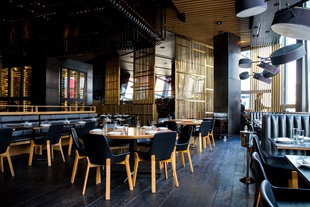














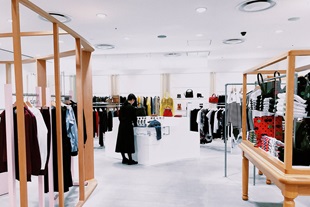










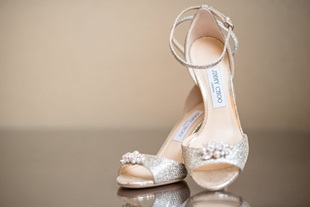
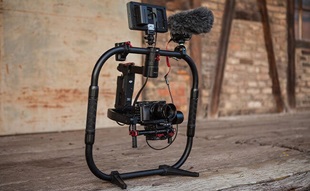






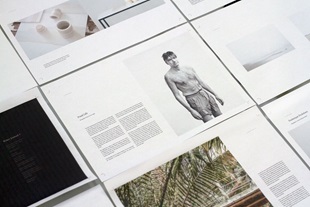








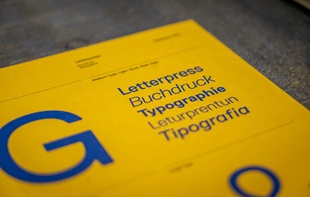
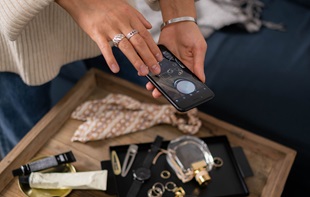





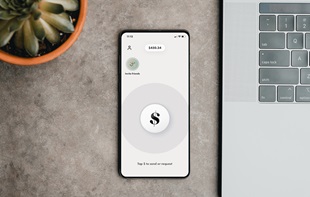




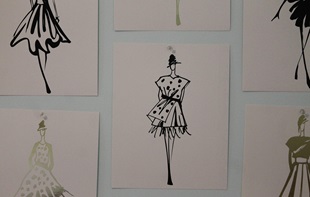
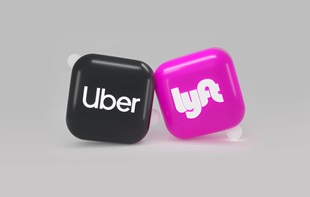



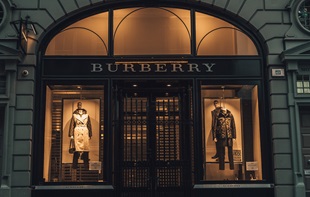













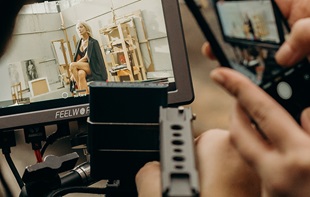



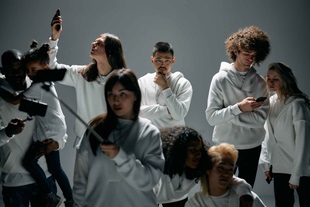

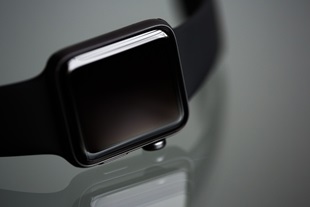



![The generation of me, myself and I – Me-commerce will remain strong. [Infographic]](/-/media/Appnova/BannerImages/mecommerce-cover/mecommerce-cover/The-generation-of-me-myself-and-I--Mecommerce-will-remain-strong.jpg?mw=310)




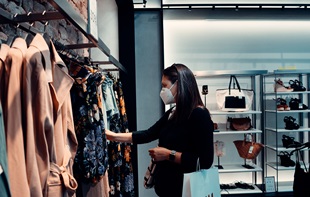



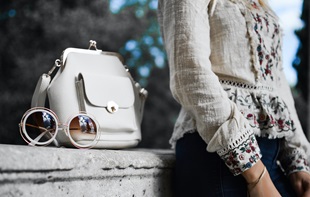
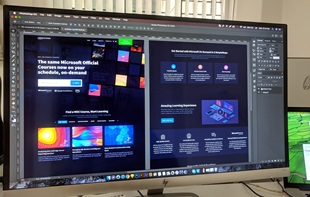



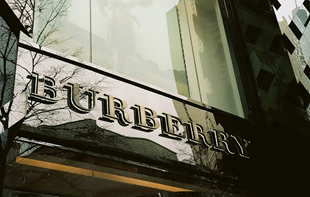




.jpg?mw=310)
.jpg?mw=310)
.jpg?mw=310)
.jpg?mw=310)

.jpg?mw=310)
.jpg?mw=310)




0.Comments